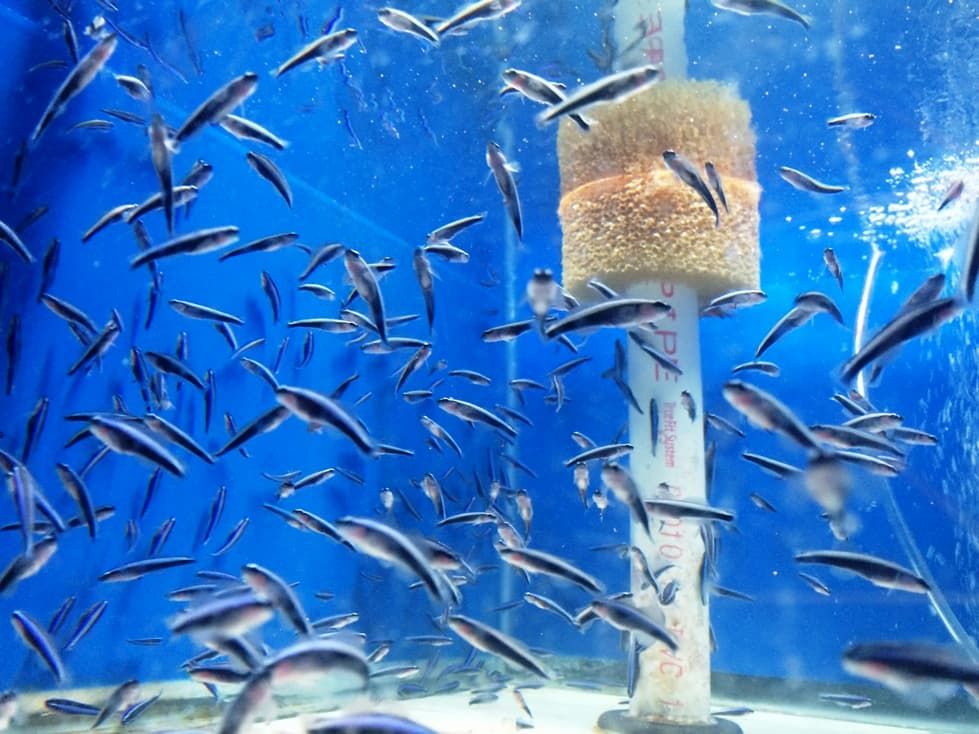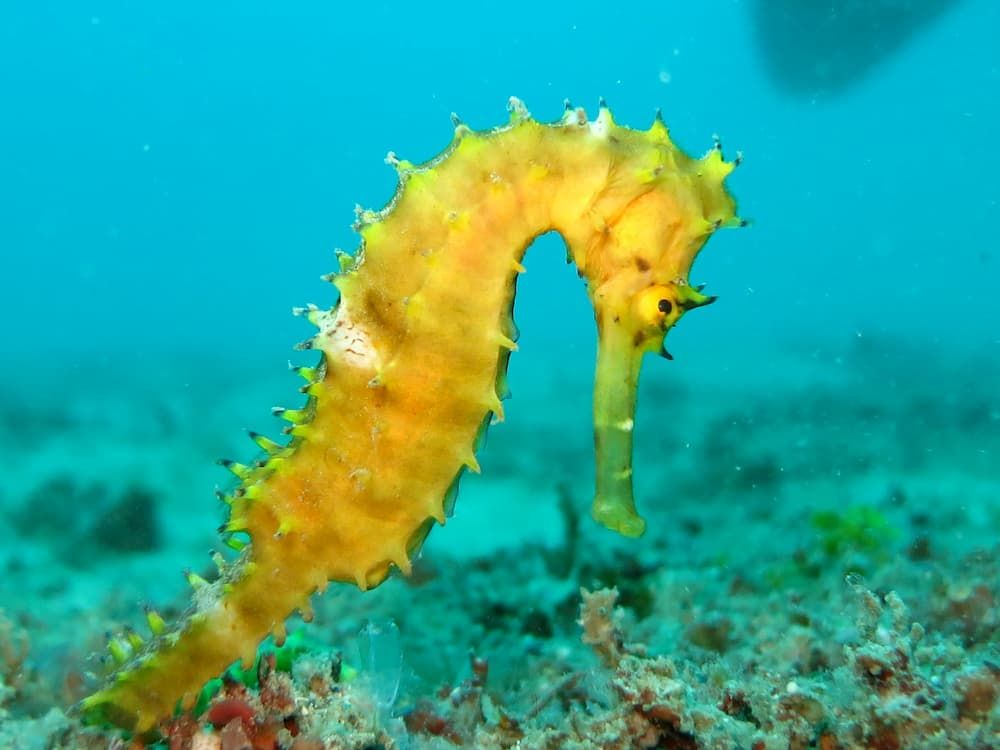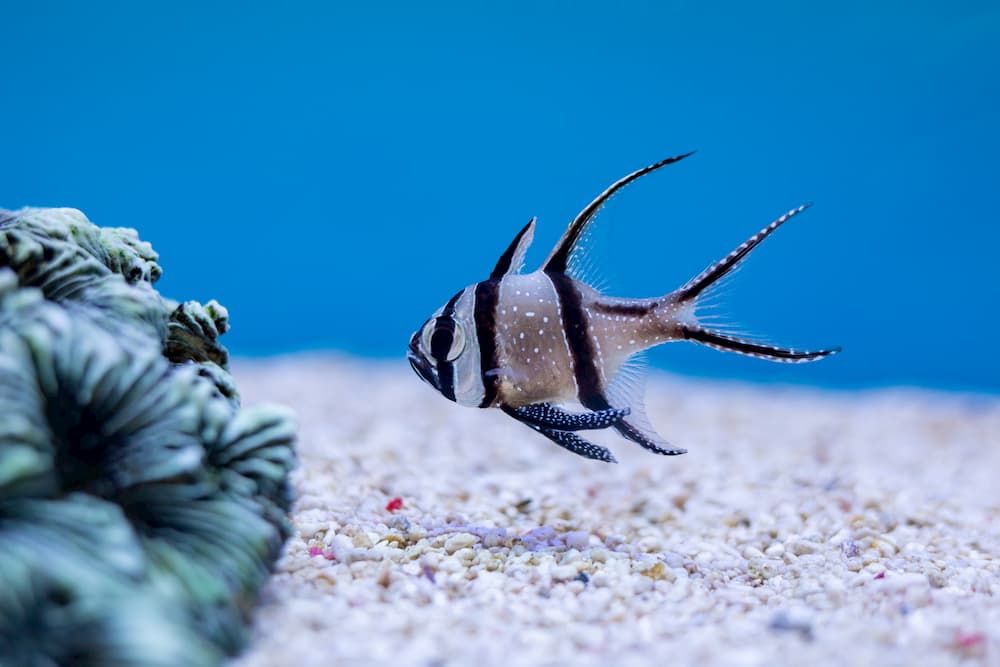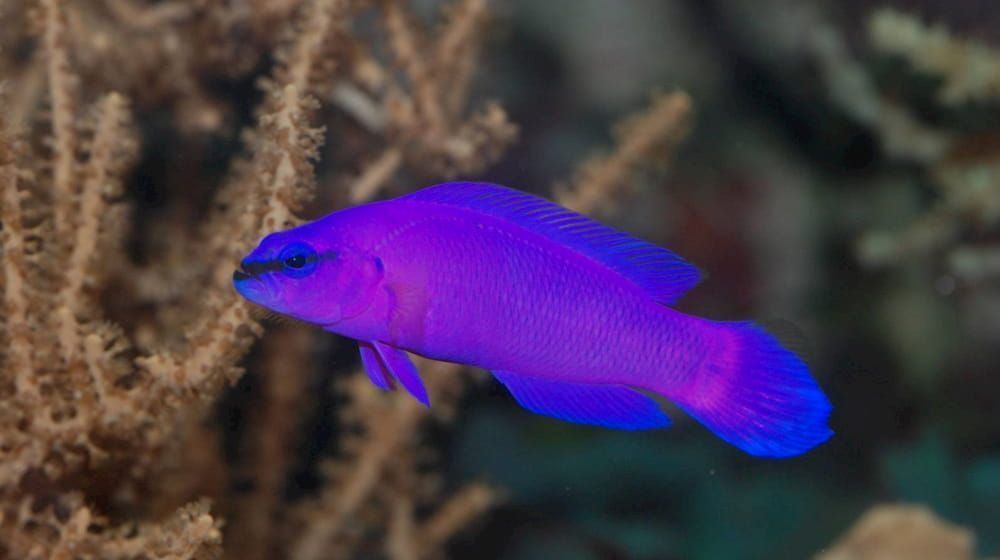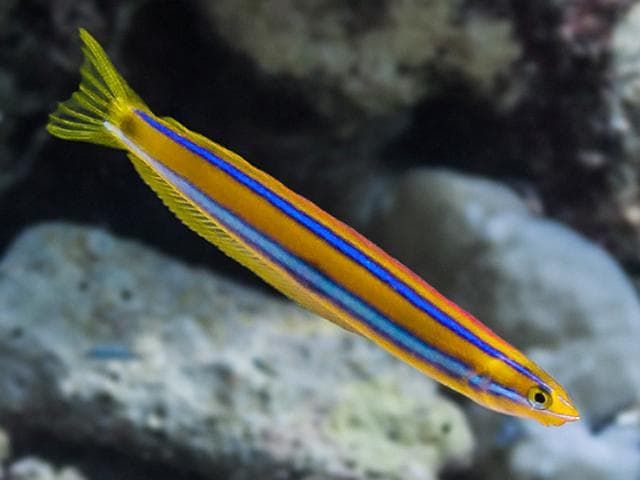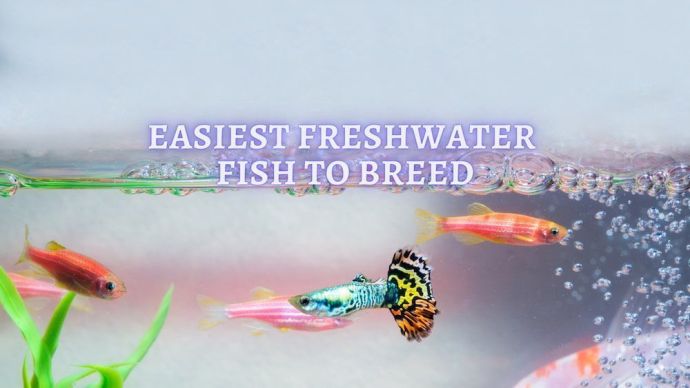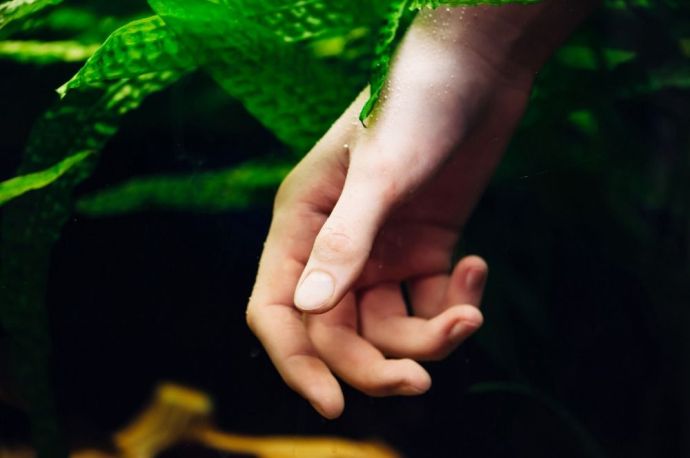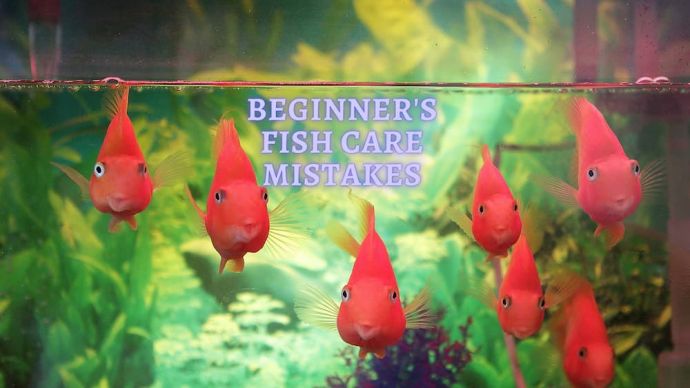The Easiest Saltwater Fish to Breed: Guide For Beginners
Written by:
Author: Alina Andreeva
Alina A. is a professional writer, editor, and pet-lover. She has published over 50 articles on how to care for pets properly. Alina has been writing articles for 3 years, so she has considerable experience in this niche. Her natural curiosity helps her to expand her knowledge and learn new pet care life hacks, which will make your life much easier.
View all 79 articlesLearn about our editorial process and veterinary review board.
Viewed: 6143
Updated on: 05/17/2023
Breeding fish in a saltwater environment for the first time can be extremely exciting and rewarding. Of course, choosing which fish to breed is a huge part of the process. However, you should always take your time and gain experience before jumping in at the deep end. Do not try to run before you can walk!
As a beginner saltwater breeder, choosing some of the trickiest fish on the market would be unwise. In fact, it would be unfair on the fish and a foolish investment on your part. Ease yourself in saltwater breeding by highlighting some simple starter fish. Once you master these, you can move on to more exciting and complex options. Luckily, we have written a comprehensive guide to saltwater breeding, especially for you beginners!
Live bearing fish vs. Egg-laying fish
Before we start listing names of saltwater fish and the details behind them, we want to mention the term ‘live-bearing’. Live-bearing fish give birth to live fish rather than laying eggs. These livebearers are far easier to breed as the parents mate easily compared to their egg-laying equivalents. Also, the livebearer fry fish are easier to care for after birth regarding food and location. With live-bearing fish, you will see little fry swimming around within seconds of birth, while eggs will take some time to hatch. Whether you choose live-bearing or egg-laying fish, you should always look to keep the fry away from adults. Believe it or not, if you keep them all in the same tank, the babies may become dinner!
READ MORE: How to start saltwater aquarium
How to Breed Saltwater Fish?
Choose the right fish
Of course, you should be looking for healthy and sexually mature fish to breed with and choosing the recommended sex numbers/rations for that particular species.
Tank conditioning
Think of this as the fish equivalent of a candlelit meal and sexy music. Different species of fish have other cues for this kind of thing, including temperature, food, nesting material, alone time, photoperiod, and more. Simply look up what your species likes.
Nutrition
You need to provide optimum nutrition for both the breeding parents and the fry after they are born. If you fail to do so, you will have a fair few fatalities on your hands throughout the process.
Start simple
Choose some easy options before making your way toward the harder species. For example, beginner saltwater fish can include gobies, cardinalfish, clownfish, damselfish, and dottybacks.
READ MORE: Saltwater fish for beginners
The Best Saltwater Fish to Breed
Here are examples of the best fish to breed in saltwater tank:
1. Neon Goby
These are trendy modern fish, one of the few that can happily live and breed in tiny systems. While the fish only live between one and two years, in that time, the female can lay upwards of 500 eggs per spawning event. Regarding gender roles, the female Goby carries the eggs and lays them, then the male is the primary caregiver until the eggs hatch.
However, as soon as the fried fish are born, all parental care ends. They are ideal for captive breeding as they spawn on stationary surfaces. However, be careful when putting them in the same tank as any ambush feeders, as they may be at risk. Neon Gobies like to live in water temperatures between 72 and 78 degrees Fahrenheit (25.56 °C) and with a PH of between 8 and 8.4. They usually live off a diet of tiny bits of meaty foods. They usually mate around the middle/bottom of the tank.
2. Common Seahorse
Who doesn’t want a seahorse to add to their marine collection? And, to be honest, it isn’t challenging to get two seahorses to mate. The tricky task is rearing the young due to the need for high food density. The exciting thing with seahorses is that the males are the ones to carry the eggs rather than the females. They incubate the fertilized eggs for two to four weeks before birth.
However, it is best to ensure the birthing is done in a separate tank, as baby seahorses do not do well in community systems. They are docile, peaceful, and very slow, meaning they often get out-competed for food. Common seahorses like to live in water temperatures between 72 and 78 degrees Fahrenheit (25.56 °C) and with a PH of between 8 and 8.4. They usually live off a diet of meaty foods such as plankton, brine, or mysis.
3. Clownfish
Clownfish are perhaps some of the most fascinating marine fish to breed, not only due to their bright colors but their unique gender biology. Every single clownfish fry starts life as a sexually immature male. As they grow up, they eventually become mature males and can then transition into breeding females. This means that if a breeding female dies, they can be replaced by their male mate.
However, this reproductive adaptation can only occur one way, so males can become females but not vice versa. Clownfish like to live in water temperatures between 72 and 78 degrees Fahrenheit (25.56 °C) and with a PH of between 8 and 8.4. They usually live off a diet of meaty foods supplemented by raw seaweed. In terms of the tank, they typically mate wherever they consider being home, although they prefer the bottom third of the tank.
4. Cardinalfish
These are often popular fish to breed as they are effortless to keep, especially if born within the tank. They do not require vast space to roam and are also not picky regarding food. However, you should not house them with any aggressive fish. You should also look to accommodate them in their mating pairs, as multiple males can become aggressive toward one another.
Even more interesting than the seahorse, the male cardinalfish are in charge of gestating the fertilized eggs in their mouths until it is time for the fry fish to be born. This means, due to the lack of mouth space, there are only 12 to 50 eggs per spawn. After three weeks or so, the fry will emerge fully developed from the male mouth.
Cardinalfish like to live in water temperatures between 72 and 78 degrees Fahrenheit (25.56 °C) and with a PH of between 8 and 8.4. They usually live off a diet of meaty foods. They usually mate around the middle/bottom of the tank.
5. Orchid Dottyback
The opposite of clownfish, Orchid Dottybacks feature females that can turn into males. The male Dottyback is in charge of almost all the care when it comes to parenting. They will attract female Dottybacks using mating dances outside their caves. The female fish will then deposit as many as 1,000 eggs, which the male will guard for between three and six days until they hatch.
Dottybacks like to live in water temperatures between 72 and 78 degrees Fahrenheit (25.56 °C) and with a PH of between 8 and 8.4. They usually live off a diet of meaty foods, particularly plankton. They usually mate around the middle of the tank.
6. Fang Blennies
Fang Blennies are known to breed pretty easily and often when kept in captivity. They often form mating pairs, however, are best kept in harems. However, due to a lack of obvious sexual dimorphism, is can be difficult for them to form these pairs, hence why it is more efficient to keep them in groups. Once a male and female pair up, you can then remove the other males to avoid any confrontation.
While the female Blennies carry the eggs, once they are deposited, the males are in charge of taking care of them. In fact, a male Blennie may keep/protect eggs from multiple females in one nest. These eggs usually take eight days to hatch. Fang Blennies like to live in water temperatures between 72 and 78 degrees Fahrenheit (25.56 °C) and with a PH of between 8 and 8.4.
READ MORE: What saltwater aquarium filter system do you need?











